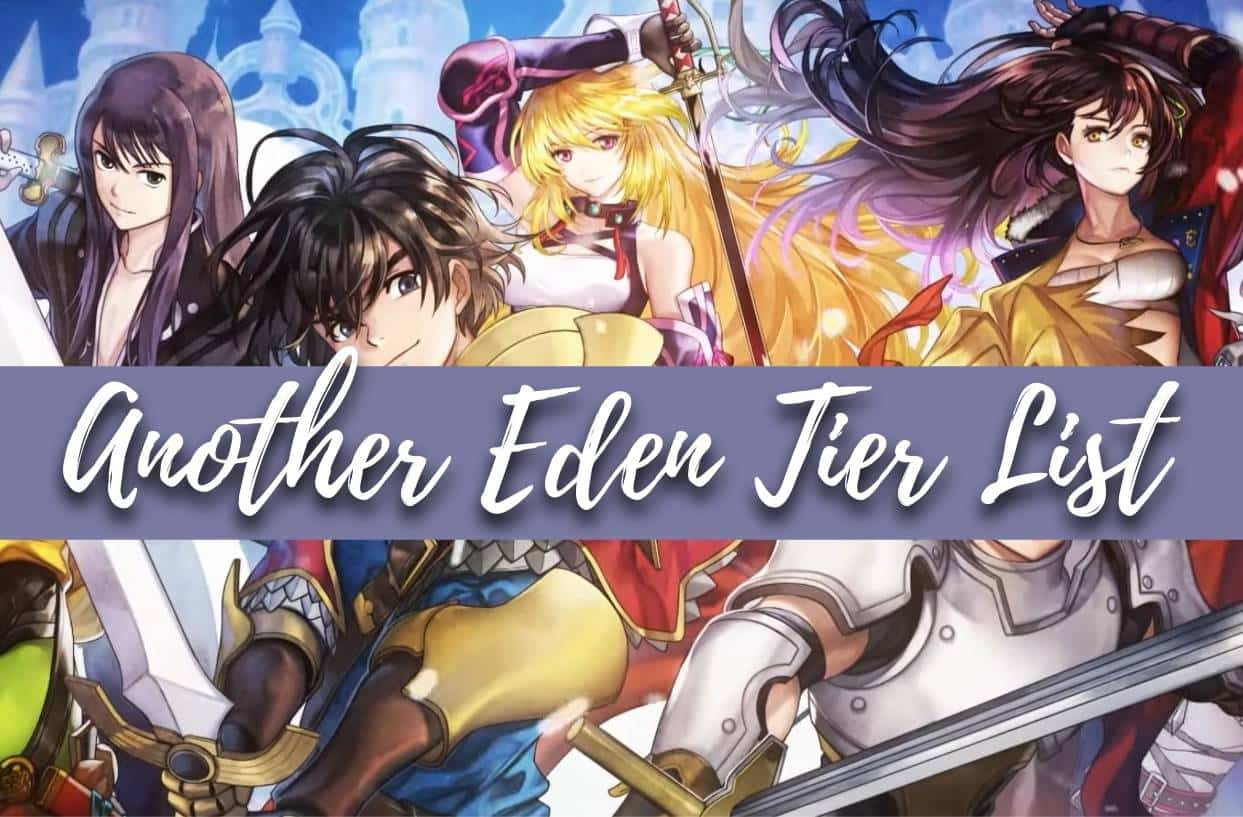
It’s not at all clear why school districts reviewing books and deciding to retain them is a phenomenon to give any thought to, much less to be deeply alarmed about. If a book has been temporarily removed from shelves for review and then deemed acceptable and put back, it has been “banned.” If a book is moved from a school library to a guidance counselor’s office, it has been “banned.” If parent permission is required, it has been “banned.” If a book is moved from one section of a school library to a section for older students, it has been “banned.”Īmericans instinctively abhor book bans because we associate them with totalitarian states, an association that PEN is eager to invoke, writing : “Book bans have an ignominious history-they have been the tools of heinous regimes from Nazi Germany to apartheid South Africa.” But when the Nazis wanted to ban a book, they didn’t typically refer it to a review committee and then move it to a guidance counselor’s office. PEN America, the nonprofit whose data have formed a prominent basis of this public controversy, defines “ban” quite expansively.

In common usage, banned means “made unavailable.” But in this debate, a book can be both “banned” and available to students.

The media keep on using the word “banned.” But that word doesn’t mean what you think it means.
ANOTHER EDEN FIRST ENCOUNTER 2021 FREE
But if you take a close look, you might come to the same conclusions we did: that this divisive debate has been manufactured for partisan purpose-both on the part of those pushing free expression and those pushing parents’ rights-that most “banned” books aren’t really banned, and that when they are, it’s mostly reasonable. And banning books representing Black and LGBTQ+ students is especially reprehensible.

For years, there has been a heated political controversy over “book bans.” To read the headlines and the op-eds is to know where to stand on this issue: Banning books is un-American.


 0 kommentar(er)
0 kommentar(er)
